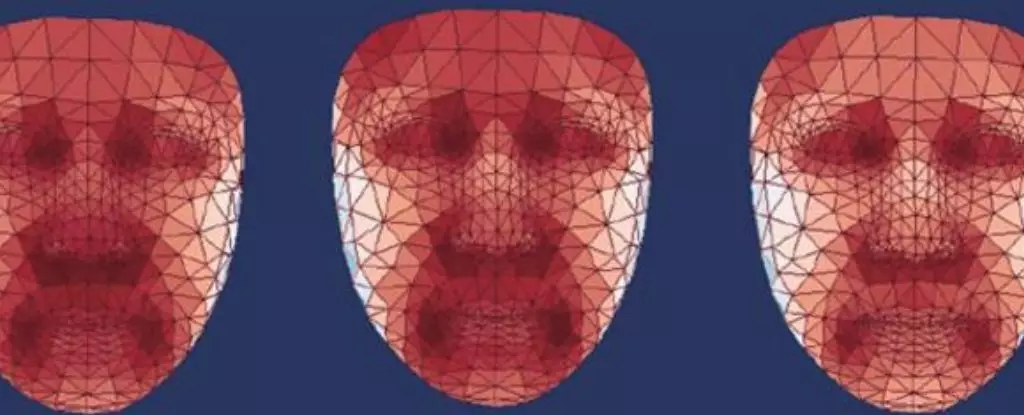As technology advances, scientists are discovering new ways to predict the aging process and potential health risks using facial temperature data. A recent study conducted in China has shown that facial thermal patterns could provide valuable insights into a person’s biological clock and overall health. By analyzing the heat emitted from different areas of the face, researchers have been able to identify correlations between facial temperature and metabolic disorders, such as diabetes and fatty liver disease.
The study found that a person’s facial temperature profile changes with age, with certain regions of the face showing specific trends. For example, the temperature of the nose was found to decrease faster with age compared to other areas, while the temperature around the eyes tended to increase. Individuals with warmer noses and cooler eye areas may have a slower facial thermal clock, indicating healthier aging. These findings suggest that facial thermal imaging could serve as an effective monitoring and screening tool for healthy aging.
Researchers also discovered a strong association between a person’s thermal profile and metabolic health. Participants with diabetes or fatty liver disease showed facial thermal patterns that were more than six years older than their healthy counterparts of the same age. The machine learning model used in the study was able to accurately predict metabolic disorders based on facial thermal maps with over 80 percent accuracy. Elevated blood pressure was also linked to increased temperatures in certain facial areas, highlighting the potential of thermal imaging for early disease diagnosis.
The findings from this study have significant implications for early disease diagnosis and intervention. By using thermal facial imaging in clinical settings, healthcare professionals may be able to identify individuals at risk of developing metabolic disorders before symptoms manifest. The non-invasive nature of facial temperature assessment makes it a convenient and affordable option for routine health screenings. This technology could revolutionize the way we approach preventive healthcare and personalized medicine.
It is important to note that the current research is based on data collected from a specific population in China, which raises questions about the generalizability of the results to other populations. Additionally, environmental factors and emotions can affect facial thermal patterns, highlighting the need for controlled conditions during imaging. Further research is needed to validate the associations between thermal facial imaging and age-related changes in cellular activity and inflammation. Future studies may explore the potential impact of lifestyle factors, such as exercise, on facial thermal ‘age’ and overall health.
Facial temperature analysis shows promise as a novel approach to predicting healthy aging and disease risk. By leveraging artificial intelligence and machine learning algorithms, researchers have been able to unlock valuable insights from facial thermal patterns. The integration of thermal facial imaging into clinical practice could revolutionize preventive healthcare, allowing for early intervention and personalized treatment strategies. As the field continues to evolve, it is essential to conduct further research to validate these findings and explore new applications for facial temperature assessment in healthcare.


Leave a Reply